Archives
- 2025-12
- 2025-11
- 2025-10
- 2023-07
- 2023-06
- 2023-05
- 2023-04
- 2023-03
- 2023-02
- 2023-01
- 2022-12
- 2022-11
- 2022-10
- 2022-09
- 2022-08
- 2022-07
- 2022-06
- 2022-05
- 2022-04
- 2022-03
- 2022-02
- 2022-01
- 2021-12
- 2021-11
- 2021-10
- 2021-09
- 2021-08
- 2021-07
- 2021-06
- 2021-05
- 2021-04
- 2021-03
- 2021-02
- 2021-01
- 2020-12
- 2020-11
- 2020-10
- 2020-09
- 2020-08
- 2020-07
- 2020-06
- 2020-05
- 2020-04
- 2020-03
- 2020-02
- 2020-01
- 2019-12
- 2019-11
- 2019-10
- 2019-09
- 2019-08
- 2019-07
- 2019-06
- 2019-05
- 2019-04
- 2018-11
- 2018-10
- 2018-07
-
Main Text Post translational modifications by ubiquitin
2019-09-18
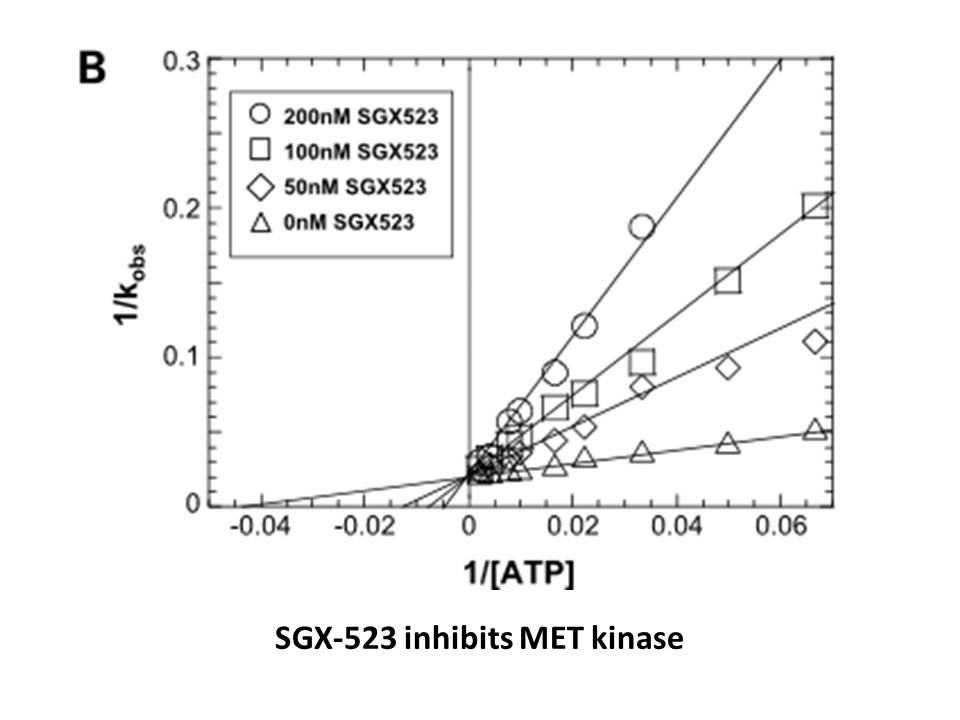
Main Text Post-translational modifications by ubiquitin (Ub) and ubiquitin-like proteins (Ubl) regulate a diverse array of cellular and physiological processes including protein degradation, localization, and activation. While ubiquitination has primary responsibility for targeting substrates for p
-
Another pathway that requires proper DUB recruitment is
2019-09-18
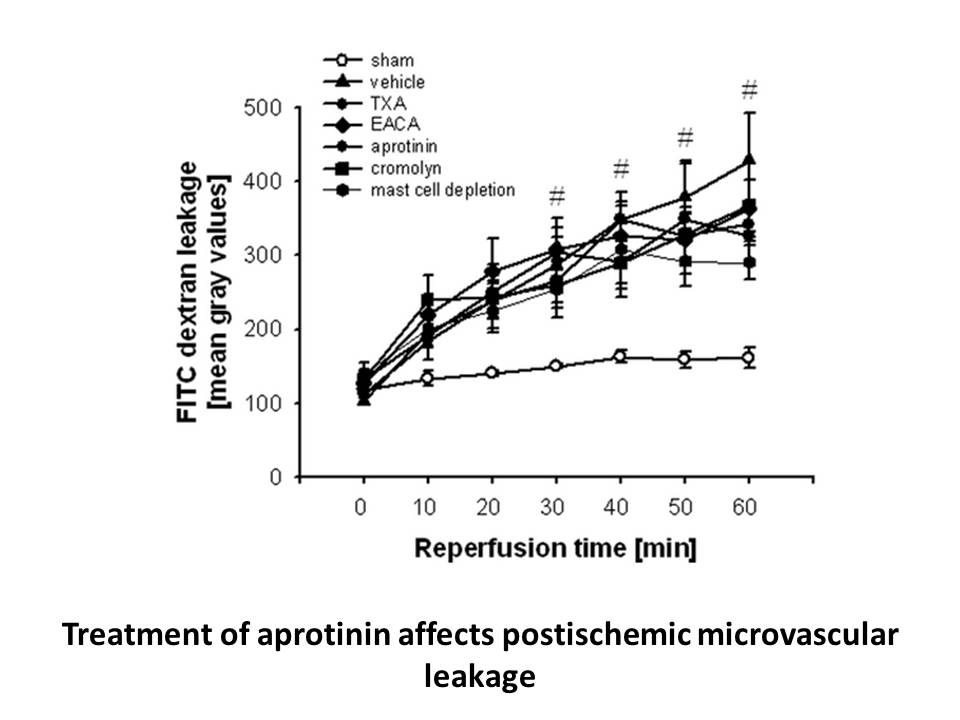
Another pathway that requires proper DUB recruitment is the DNA damage response (DDR). After ultraviolet (UV)-induced DNA damage, monoubiquitylated proliferating cell nuclear antigen (PCNA) mediates signaling that leads to repair. The DUB complex USP1/USP1-associated factor 1 (UAF1) deubiquitylates
-
Valproic acid VPA is a first line treatment
2019-09-18

Valproic UK-5099 pathway (VPA) is a first-line treatment for epilepsy and bipolar disorder, although its therapeutic mechanism of action is not fully understood. Considerable evidence suggests that VPA can act through the GABAergic system, NMDA receptors, and/or sodium channels (for review, see Lösc
-
br Experimental section br Notes br
2019-09-18
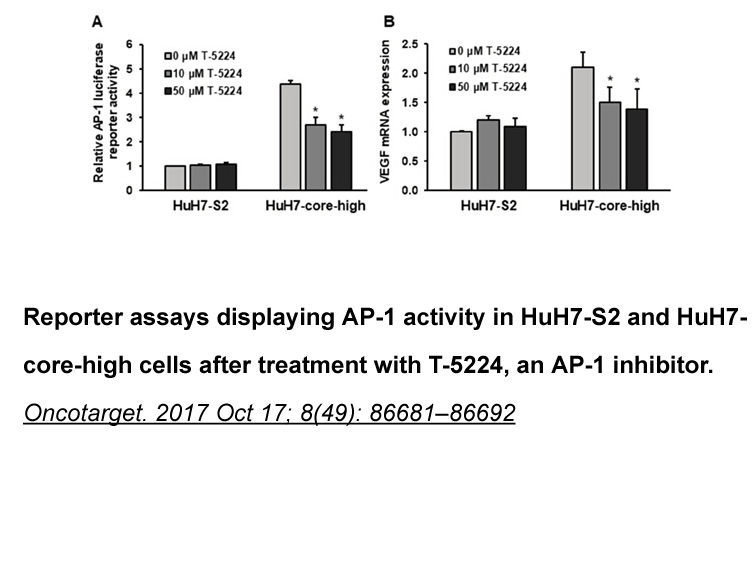
Experimental section Notes PDB ID codes The atomic coordinates and structure factors of hDHODH in complex with compounds 4 (PDB id: 5MVC), 5 (PDB id: 5MVD) and 6 (PDB id: 5MUT) have been deposited in the RCSB Protein Data Bank. Acknowledgements This research was financially supported by
-
The IV chains of mature GBM are
2019-09-18

The α3/α4/α5(IV)-chains of mature GBM are built exclusively by podocytes (not by endothelial cells) (Abrahamson et al., 2009), placing the podocytes into the focus of GBM-diseases such as Alport syndrome. Alport syndrome (AS) is caused by mutations in the COL4A3, 4 or 5 genes coding for the α3/α4/α5
-
br Materials and methods br
2019-09-18

Materials and methods Results Discussion Our previous investigation demonstrated that some genes in the latex that were involved in rubber biosynthesis were regulated by exogenous JA, and Hbvp1 is one of the JA-responsive genes in the latex of rubber trees [23]. In this study, the Hbvp1 enc
-
In contrast exposure of CRF a receptors to
2019-09-18

In contrast, exposure of CRF2(a) receptors to h/rCRF in living cells produced a strikingly weak translocation of βarrestin2 to the membrane. Specifically, we found a markedly lower magnitude and slower rate of βarrestin2 recruitment to CRF2(a) receptors in response to h/rCRF concentrations as high a
-
The main variable of the study was whether
2019-09-18
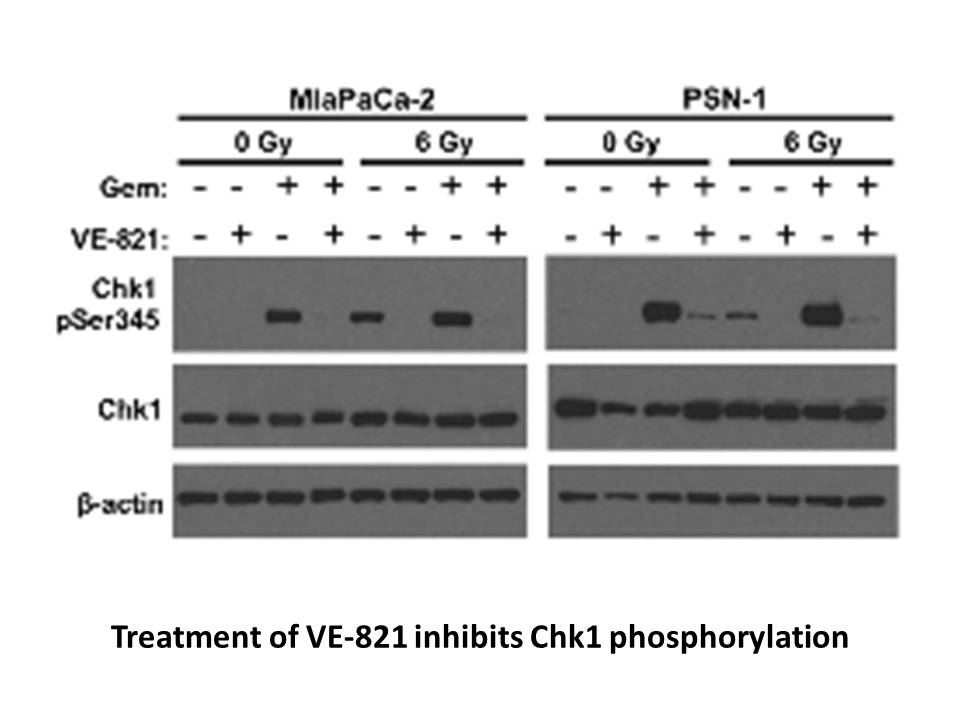
The main variable of the study was whether there was an association between the COMT Val158Met polymorphism and motor behavior. Additionally, it was investigated whether the effects of the COMT genotypes on the role played by tonic/phasic DA are associated with the stability/flexibility nature of th
-
br Materials and methods br Results br Discussion
2019-09-18
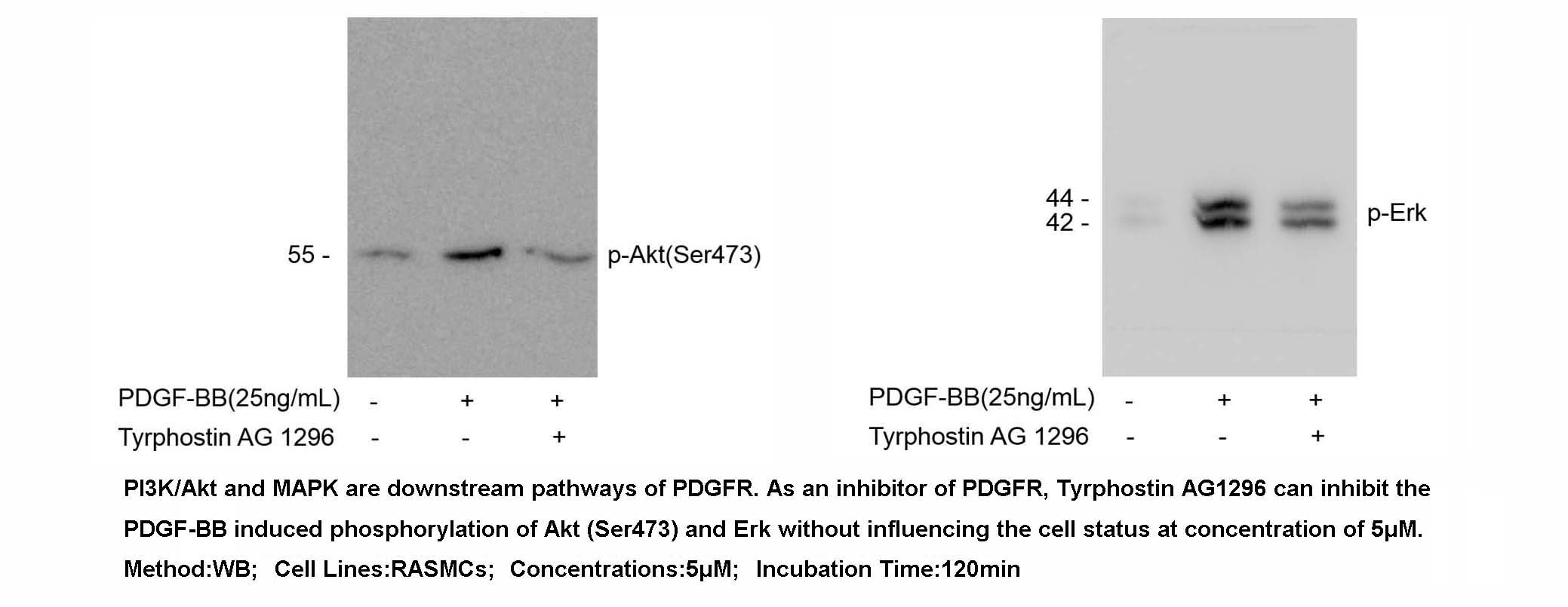
Materials and methods Results Discussion We initially found that ISL, a natural product with a linear scaffold (2-propenone), is able to inhibit CK2 (IC50 = 17.3 μM). Then we have investigated the inhibitory potential of a novel series of compounds with linear scaffolds by combining fragmen
-
This article is based on
2019-09-17
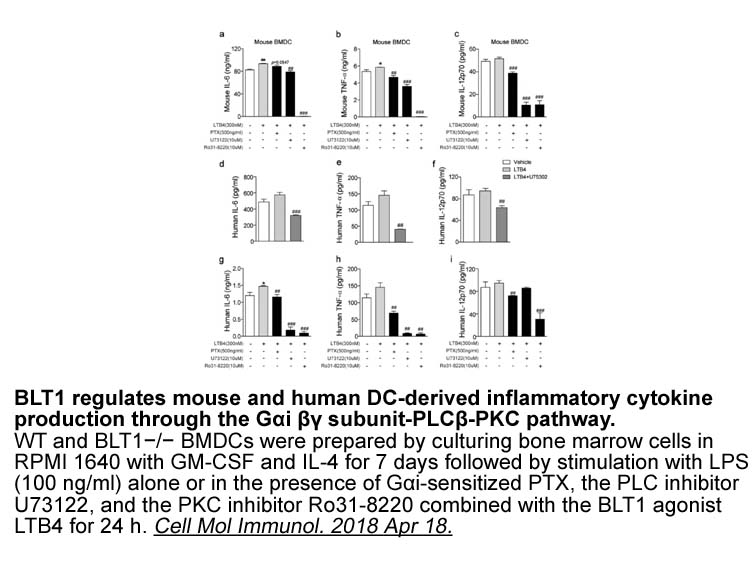
This article is based on previous research work [43] in the field of distributed development of information systems [34]. In that work, the system infrastructure focusing on the three-level data model used in the different layers of our architecture is described. The work presented in this manuscrip
-
br Conclusions In the present
2019-09-17
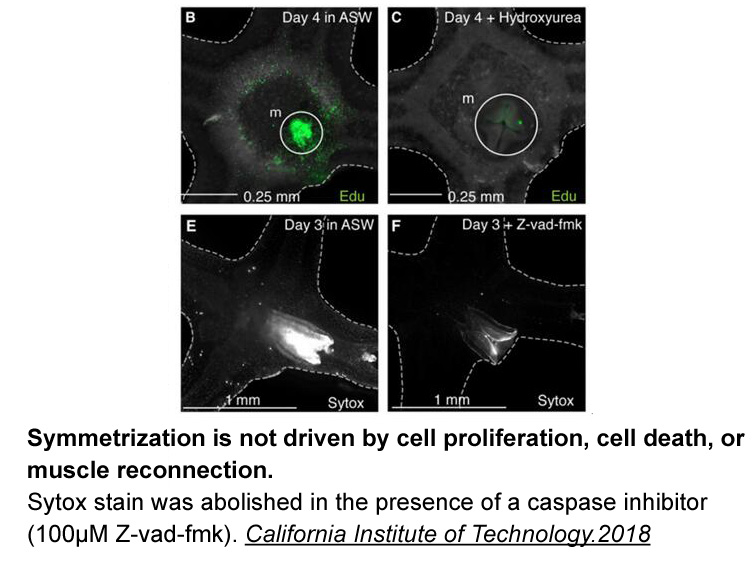
Conclusions In the present study, decreased AChE and increased BuChE and BeChE activities were observed in greenhouse workers relative to control subjects; however, these changes cannot be related to OP exposure but likely to pesticide-induced oxidative stress or a mild inflammatory state. The in
-
Dipraglurant The swelling independent activation of
2019-09-17

The swelling-independent activation of chloride channels by glycerol is proved by our further experiments. When glycerol concentration in the isoosmotic solution was reduced to the micromolar scale or even lower concentration, a Cl− current was still induced. The Dipraglurant were not swollen by th
-
Additionally although the membrane localized ER signaling
2019-09-17
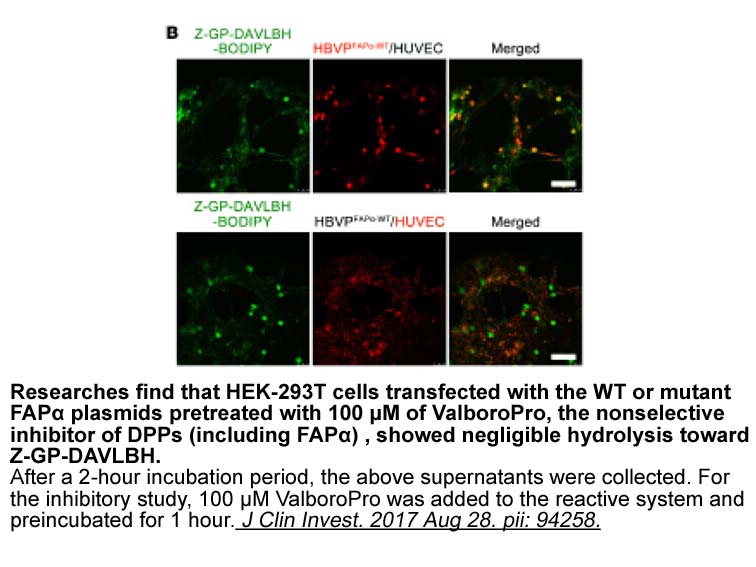
Additionally, although the membrane-localized ER signaling described in this review has generally been studied in isolation from nuclear signaling, it is becoming clearer and clearer that integration of these mechanisms must be considered (Frick, 2015). Perhaps the distinct estradiol signaling mecha
-
A growing number of other post translational modifications
2019-09-17

A growing number of other post-translational modifications are implicated in regulation of the ubiquitin system, including substrate modification by hydroxylation, glycosylation, acetylation, methylation, modification by poly(ADP-ribose) (PAR), and attachment of ubiquitin-like modifiers. The HIF1-α
-
Several limitations of this study need to be acknowledged Fi
2019-09-17
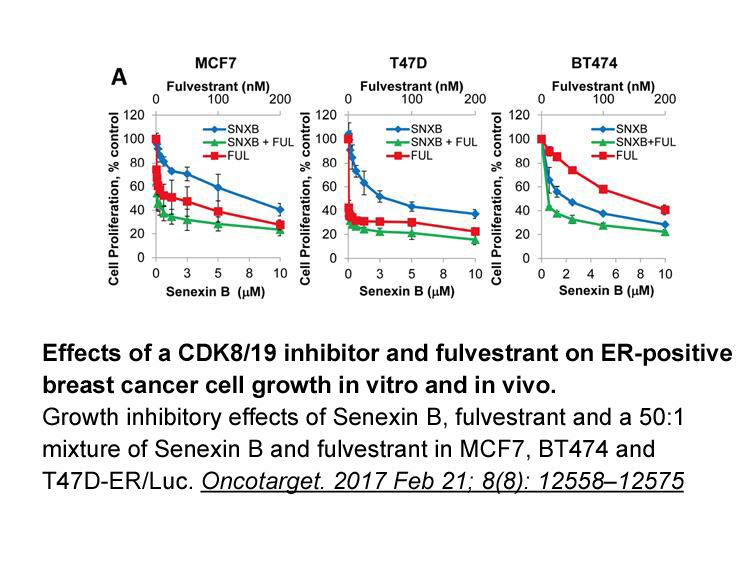
Several limitations of this study need to be acknowledged. First, although 200 patients were recruited into this study and completed assessments at baseline, only 89 patients completed the cognitive tests after 8weeks of treatment. The relatively long study period (8weeks) was the main reason for th
11507 records 667/768 page Previous Next First page 上5页 666667668669670 下5页 Last page